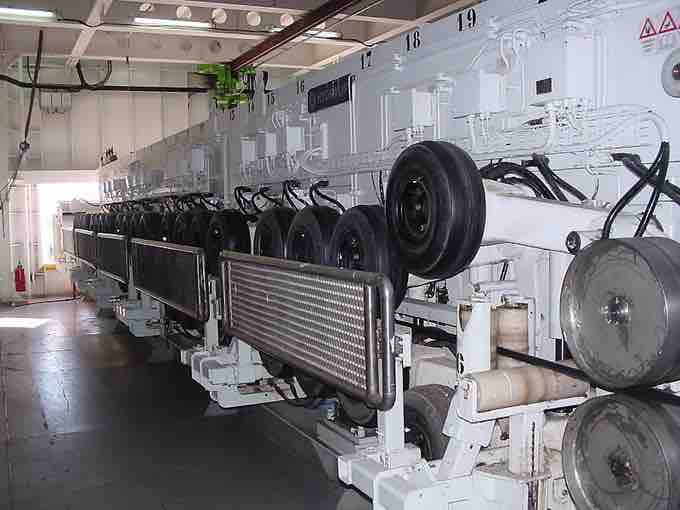Productivity Gains from Technology
In 1889, David Ames Wells described the economic events and technologies that created the great productivity growth during 1870-1890:
"The economic changes that have occurred during the last quarter of a century -or during the present generation of living men- have unquestionably been more important and more varied than during any period of the world's history."
Technologies that improve productivity date back to antiquity, with rather slow progress until the late Middle Ages. Technological progress was aided by literacy and the diffusion of knowledge that accelerated after the spinning wheel spread to Western Europe in the 13th century. The spinning wheel increased the supply of rags used for pulp in manufacturing paper, and the technology reached Sicily sometime in the 12th century. Cheap paper was a factor in the development of the moveable type printing press, ca. 1440, which lead to a large increase in the number of books and titles published.
Books on science and technology eventually began to appear, such as the mining technical manual, De Re Metallica. Mining and metal refining technologies played a key role in technological progress. Much of our understanding of fundamental chemistry evolved from ore smelting and refining, with De Re Metallica being the leading chemistry text for 180 years. Railroads evolved from mine carts and the first steam engines were designed specifically for pumping water from mines.
Later, near the beginning of the Industrial Revolution, came publication of the Encyclopédie, written by numerous contributors and edited by Denis Diderot and Jean le Rond d'Alembert (1751–72). It contained many articles on science and was the first general encyclopedia to provide in depth coverage on the mechanical arts, but far more celebrated for its presentation of thoughts of the Enlightenment.
Important mechanisms for the transfer of technical knowledge were scientific societies. The Royal Society of London for Improving Natural Knowledge is one example, though they were better known as the Royal Society and technical colleges. The École Polytechnique is one example. Probably the first period in history in which an economic progress was observable during one generation was the British Agricultural Revolution in the 18th century.
However, technological and economic progress did not proceed at a significant rate until the English Industrial Revolution in the late 18th century, and even then productivity grew about 0.5% annually. High productivity growth began during the late 19th century in what is sometimes called the Second Industrial Revolution. Most major innovations of the Second Industrial Revolution were based on the modern scientific understanding of chemistry, electromagnetism theory, and thermodynamics.
Productivity gains were not just the result of inventions, but also of continuous improvements to those inventions which greatly increased output in relation both capital and labor compared to the original inventions .

Technology and productivity
Technology has had a profound effect on productivity.
Since the beginning of the Industrial Revolution, some of the major contributors to productivity have been as follows:
- Replacing human and animal power with water and wind power, steam, electricity and internal combustion, and greatly increasing the use of energy;
- Energy efficiency in the conversion of energy to process heat or chemical energy in the manufacture of materials;
- Infrastructures: canals, railroads, highways, and pipelines;
- Mechanization, both production machinery and agricultural machines;
- Work practices and processes: the American system of manufacturing, Taylorism (scientific management), mass production, assembly line, and modern business enterprise;
- Materials handling of bulk materials, palletization, and containerization;
- Scientific agriculture: fertilizers and the green revolution, and livestock and poultry management;
- New materials for new processes of production and dematerialization;
- Communications: telegraph, telephone, radio, satellites, fiber optic networks, and the Internet;
- Home economics: public water supply, household gas, and appliances;
- Automation and process control;
- Computers and software for data processing.
Example: The Spinning Jenny and Spinning Mule greatly increased the productivity of thread manufacturing compared to the spinning wheel